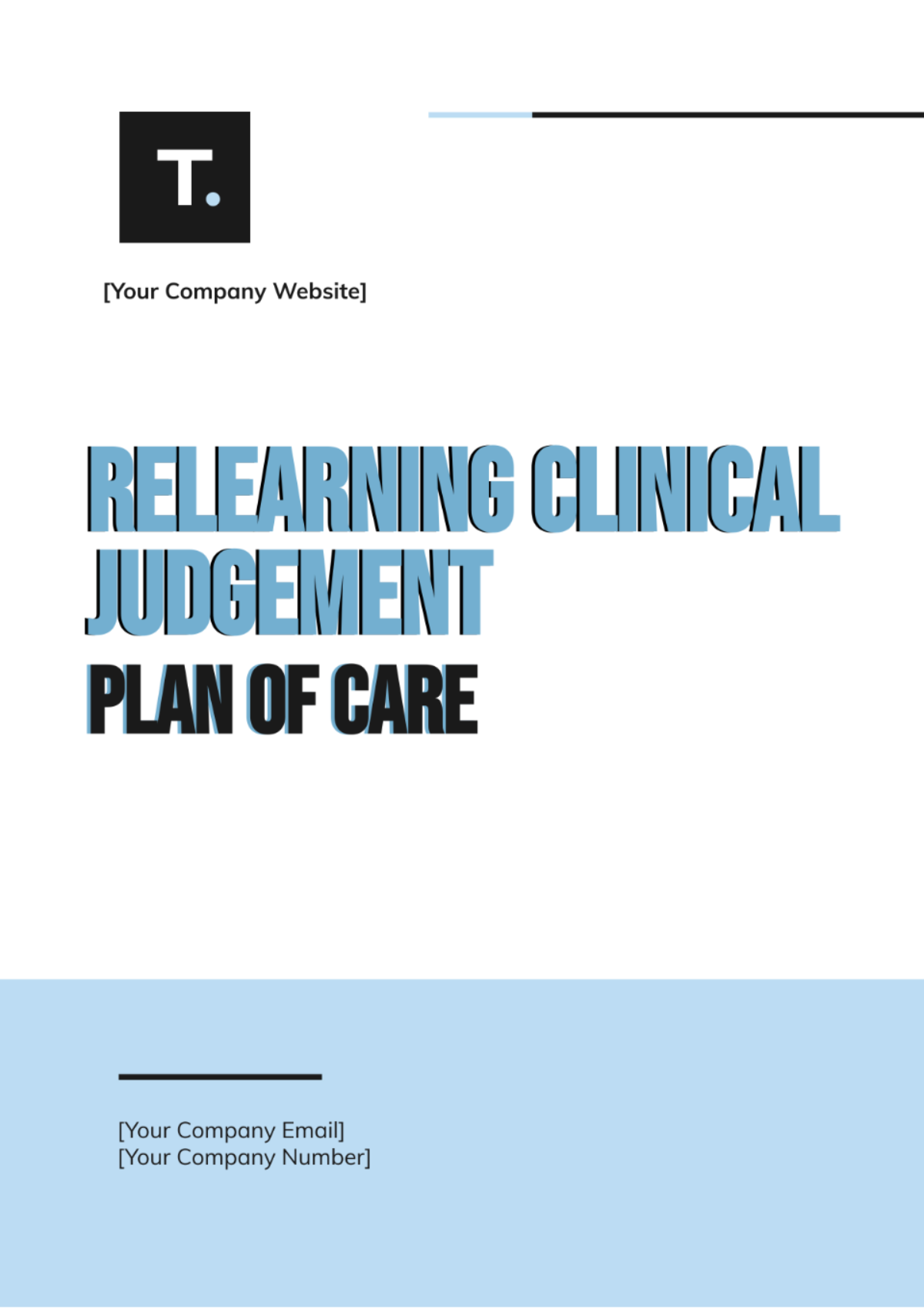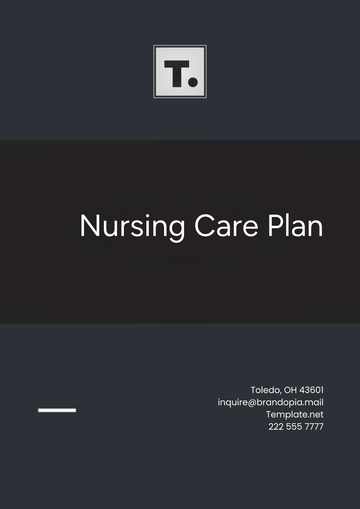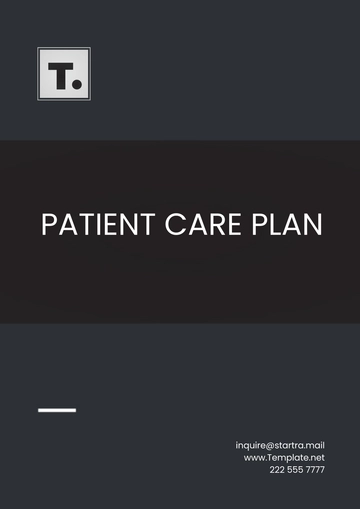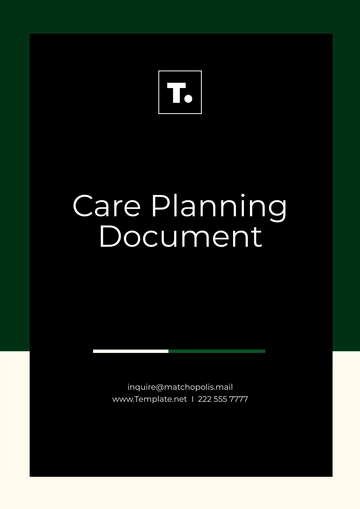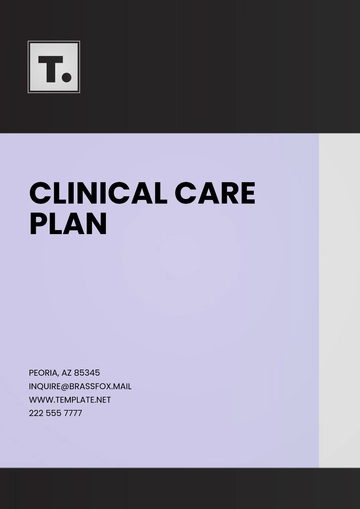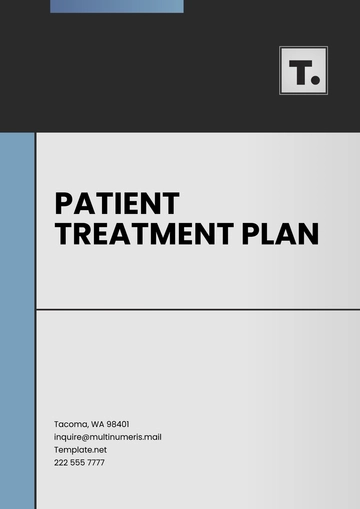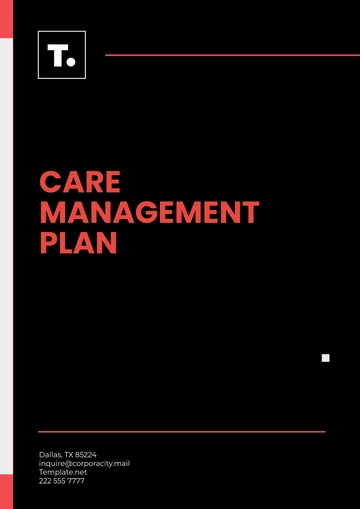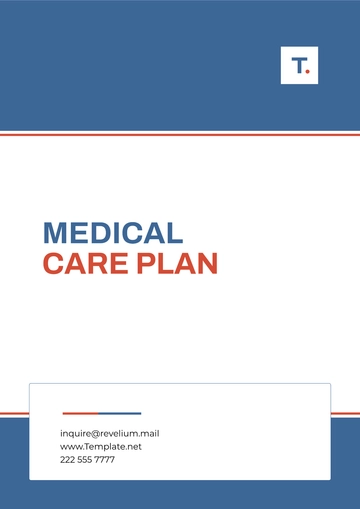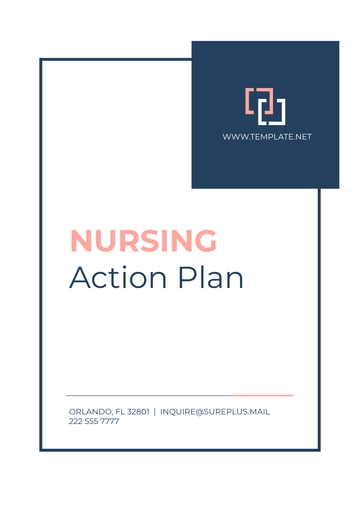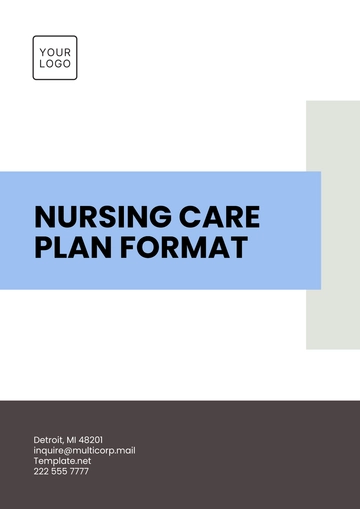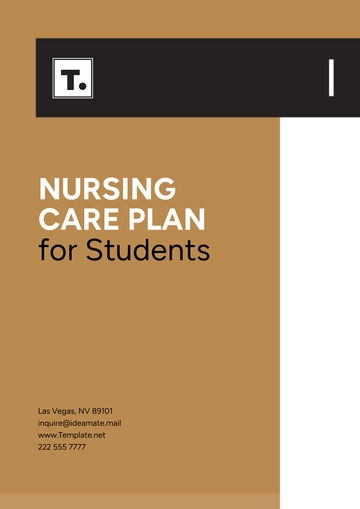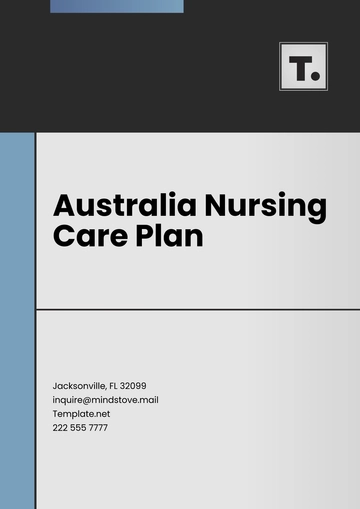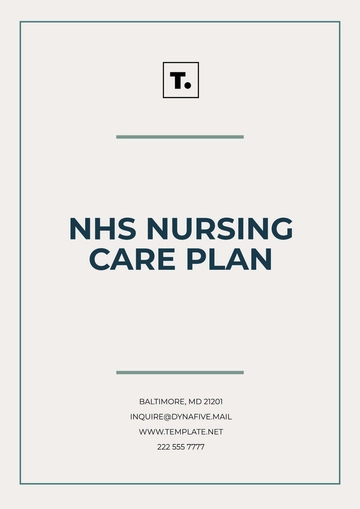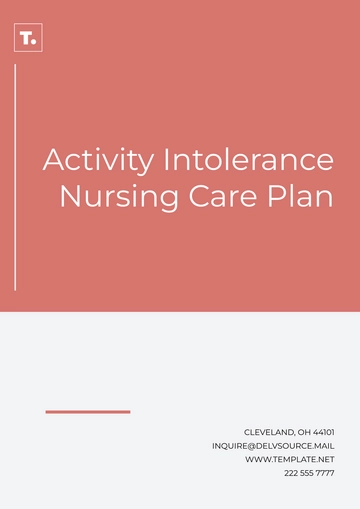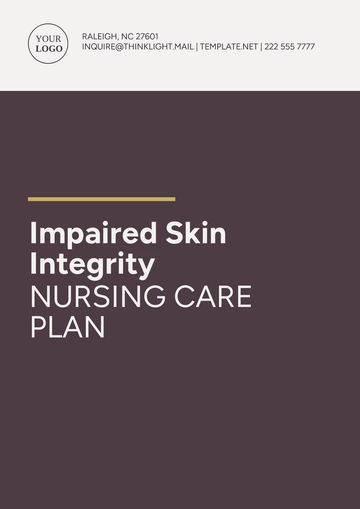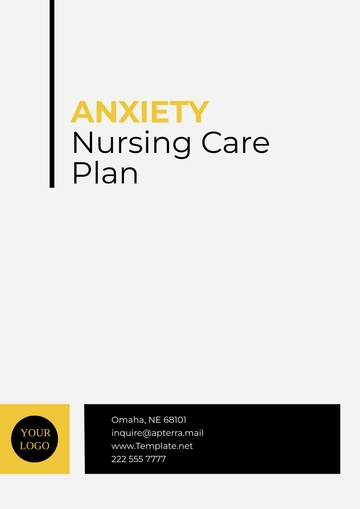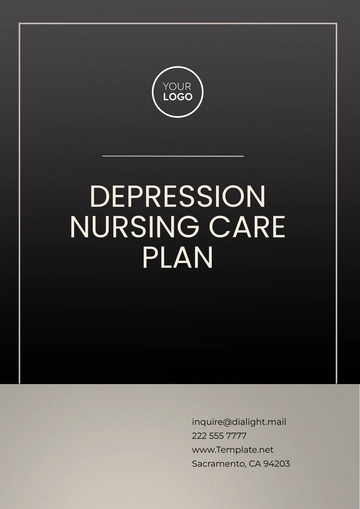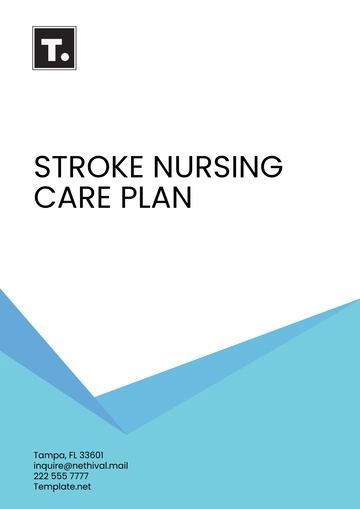Relearning Clinical Judgement Plan Of Care
Written by: [Your Name]
Date: [Date]
I. Patient Information
Patient Name | [Patient Name] |
Date of Birth | [Patient Date of Birth] |
Gender | [Patient Gender] |
Contact Information | [Patient Contact Number] |
Address | [Patient Address] |
Emergency Contact | [Patient Contact Person] |
II. Care Team
Primary Care Physician: [Your Name]
Specialists Involved: [Specialists' Name], [Specialty/ies]
Care Coordinator: [Coordinator's Name]
Other Healthcare Professionals: [Professionals' Name], [Roles]
III. Diagnosis and Medical History
Primary Diagnosis: Type 2 Diabetes Mellitus
Other Diagnoses: Hypertension, Diabetic Neuropathy
Medical History: The patient has a history of poorly controlled diabetes for the past 5 years, with intermittent episodes of hyperglycemia. Hypertension was diagnosed 3 years ago. Recent onset of neuropathic symptoms.
Current Medications:
Metformin 1000mg twice daily
Lisinopril 20mg once daily
Gabapentin 300mg three times daily
IV. Goals of Care
Short-Term Goals: Achieve glycemic control with HbA1c < 7% within the next 3 months. Manage neuropathic symptoms effectively to improve quality of life.
Long-Term Goals: Maintain HbA1c < 7%, prevent complications associated with diabetes such as cardiovascular disease and neuropathy, and improve overall quality of life.
V. Plan of Action
Treatment Plan | Initiate insulin therapy (long-acting insulin) in addition to current oral antidiabetic medication. Implement regular blood glucose monitoring. Start physical therapy for neuropathic symptoms. |
Medication Management | Insulin glargine (Lantus) 20 units once daily at bedtime Continue current medications Monitor for hypoglycemia, gastrointestinal side effects with metformin, and renal function with lisinopril
|
Lifestyle Modifications | Implement a low-glycemic index diet Encourage regular moderate-intensity exercise Stress management techniques such as mindfulness and relaxation exercises
|
Education and Support | Provide educational materials on diabetes management, diet, and exercise. Offer support groups for individuals with diabetes. |
VI. Monitoring and Follow-Up
Frequency of Follow-Up: Every 2 weeks for the first month, then monthly thereafter.
2. Monitoring Parameters:
Follow-Up Plan: Schedule follow-up appointments with a primary care physician, cardiologist, and endocrinologist. Provide contact information for the care coordinator for any questions or concerns.
VII. Emergency Plan
Primary Care Physician: [Your Name], [Your Company Number]
Care Coordinator: [Coordinator's Name], [Coordinator's Phone Number]
Emergency Procedures: In case of hypoglycemia, the patient should consume fast-acting carbohydrates and contact the healthcare provider if symptoms persist. In case of severe symptoms or other medical emergencies, the patient should seek immediate medical attention at the nearest emergency department.
Plan Templates @ Template.net
